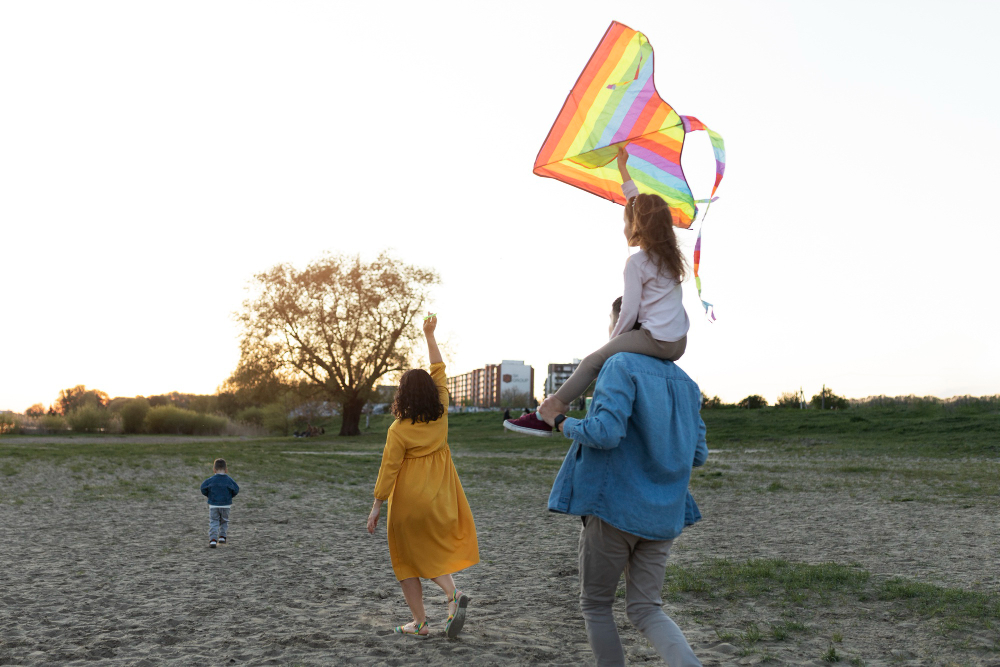Unleash the Sky
Explore the World of Kites
From beginner kites to pro-level stunt flyers — discover the joy of flying with our handpicked collection.
Why Choose Us
More Than Just Toys — A Passion for the Sky
Premium quality kites for all ages
Expert guides and tutorials
Kid-safe designs & adult stunt kites
Global shipping & local support
How to Choose the Right Kite
Getting started with kite flying? The right kite makes all the difference. Here’s how to choose one that matches your needs:
Consider Your Experience Level
Beginners: Start with a single-line kite like a diamond or delta. Easy to fly and control.
Advanced flyers: Try dual-line stunt kites for tricks and maneuvers.
Wind Conditions
Light wind (5–10 km/h):
Use lightweight, large-sail kites.
Strong wind (15+ km/h):
Opt for durable frames and smaller sail areas.
Age & Safety
For young kids (3–7 yrs):
Pick soft, fabric-based kites with short lines.
For older kids & adults: You can go for higher flying, performance kites.
Choose the Right Material
Nylon or polyester: Durable and weather-resistant.
Paper or plastic: Lightweight but best for calm days and short flights.
Flexible pricing options
Select your plan
We built and flew our first kite as a family last weekend — the instructions were super clear, and the kids had a blast!
Priya M.
Seattle, WA
The DIY kite kit was a hit in my classroom. It’s a fun way to teach basic science and engage students at the same time!
Mr. Lee, 4th Grade Teacher
Seattle, WA
We had an incredible time! Karting got hearts racing, and trampoline smiled.
Jessica Brown
Seattle, WA

Need help?
Most Asked Questions
What type of kite is best for beginners?
For beginners, a single-line delta or diamond kite is best. They're stable, easy to fly, and don’t need much setup or skill.
At what age can kids start flying kites?
Kids as young as 3–4 years can enjoy flying small, lightweight kites under adult supervision. Look for soft or frameless kites designed for safety.
Why won’t my kite stay in the air?
Common reasons include low wind, improper bridle adjustment, or a kite that’s too heavy for the current weather. Make sure you're flying in an open area with steady wind (8–15 km/h is ideal).
Can I fly my kite anywhere?
Not always. Avoid areas near power lines, roads, or airports. Always check local park or city regulations, especially during festivals.
What’s the safest type of string to use?
Use cotton or polyester flying line — they’re strong yet safe. Avoid using metal wire or glass-coated (manja) string, especially during public flying events or near people.
